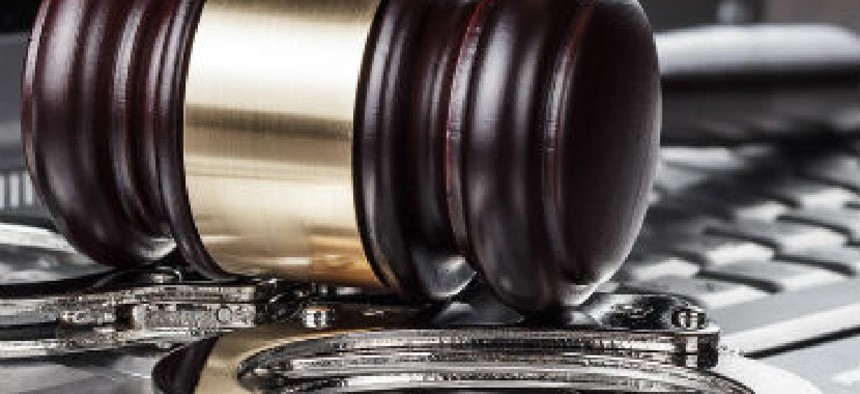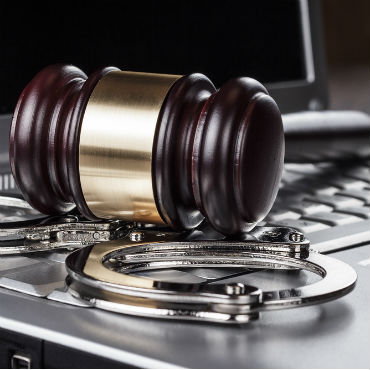ICE unveils expanded cyber forensics lab

The 5,000-square-foot forensic laboratory in Fairfax, Va., rivals anything seen on CSI.

Although the typical federal agency CIO's idea of a cyber threat is a nightmare of breached networks and exposed data, some investigators at the Department of Homeland Security are responsible for helping to electronically track down the stuff of darker nightmares -- transnational cyber criminals that traffic in stolen information, credit cards, child pornography, fake documents and drugs.
One federal group responsible for tracking those kinds of gritty electronically enabled crimes just got a tech upgrade to help it do its job.
Immigration and Customs Enforcement's Cyber Crimes Center (C3) in Fairfax, Va., unveiled a 5,000-square-foot forensic laboratory July 22 that has substantially more space for conducting cyber operations, including closer analysis of criminal hard drives and video and audio forensic capabilities that rival anything seen on CSI.
C3 provides computer and cyber-based technical services to support domestic and international investigations into cross-border crimes.
"It's five times the size" of C3's previous facilities, Eric Feldman, unit chief of Homeland Security Investigations, told FCW in an interview at the new facilities. C3 inherited its current location from the old Customs Service, which had established the lab in 1997. The facility hadn't had a significant technical overhaul for quite some time, according to DHS officials.
HSI's hundreds of field offices in the U.S. and overseas, as well as state, local and international law enforcement agencies, have been deluging C3's 278 computer forensics agents and analysts with petabytes of data, from electronic files and hard drives that need to be investigated as part of criminal investigations. They also come to C3 for cyber support to help track criminals online.
According to DHS, in fiscal 2014 HSI processed 5.2 petabytes, which is the equivalent of 83 billion pages of images or 95 billion PowerPoint files. The volume of data presented by field agents increased 4,000 percent between 2004 and 2012.
The IT support operations for the expanded forensics lab are based in a data center onsite, Feldman said. The facility, he said, gets its basic IT functions, like email, from its parent DHS in nearby Washington.
The new facilities include expanded space for the computer forensics unit, the cybercrimes unit and the child exploitation unit. Each has substantially upgraded software, digital analysis and other advanced and sometimes customized forensics IT, according to DHS.
Jim Cole, program manager for the victim identification operations in the child exploitations investigations unit, said he has unique video and audio analysis technologies and capabilities that allow him to delve into digital photos and pull out details that can break child exploitation cases.


